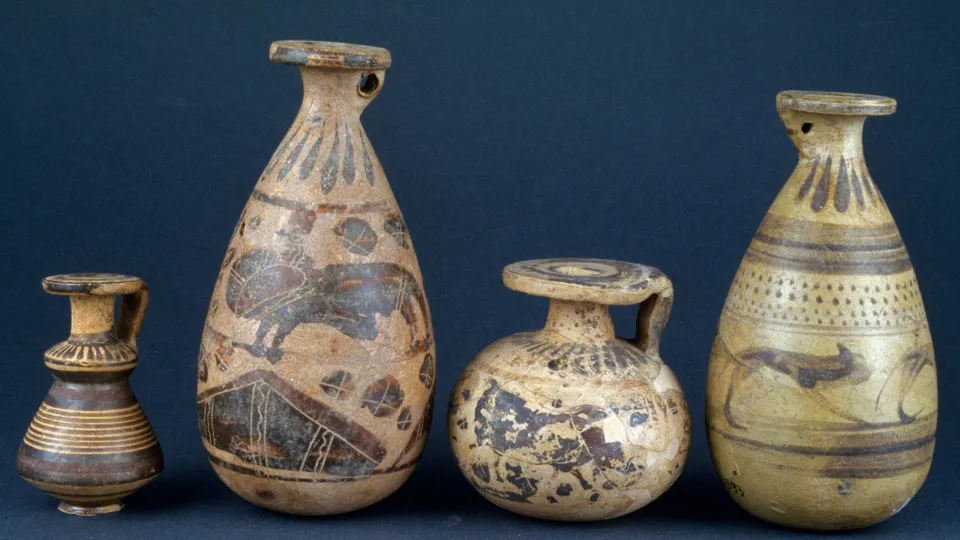Smells conjure up all sorts of emotions and memories. But is it possible to find out what the past actually smelled like? Well, actually, yes. At least in part. History has recorded the scent of perfumes used by the ancient Egyptians, for example. And the dreadful stench permeating through medieval cities is well documented. But which scent did the first human beings use to freshen their breath? And what did the library at St Paul's Cathedral in London smell like in the 18th century?
For these answers and more, click through and sniff out some smells of the past.



